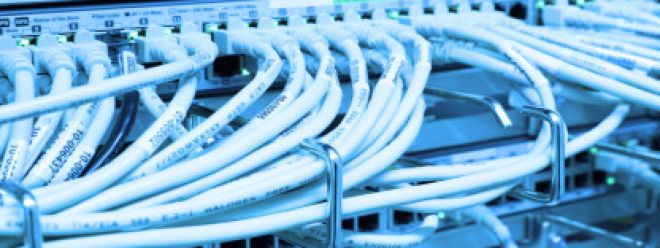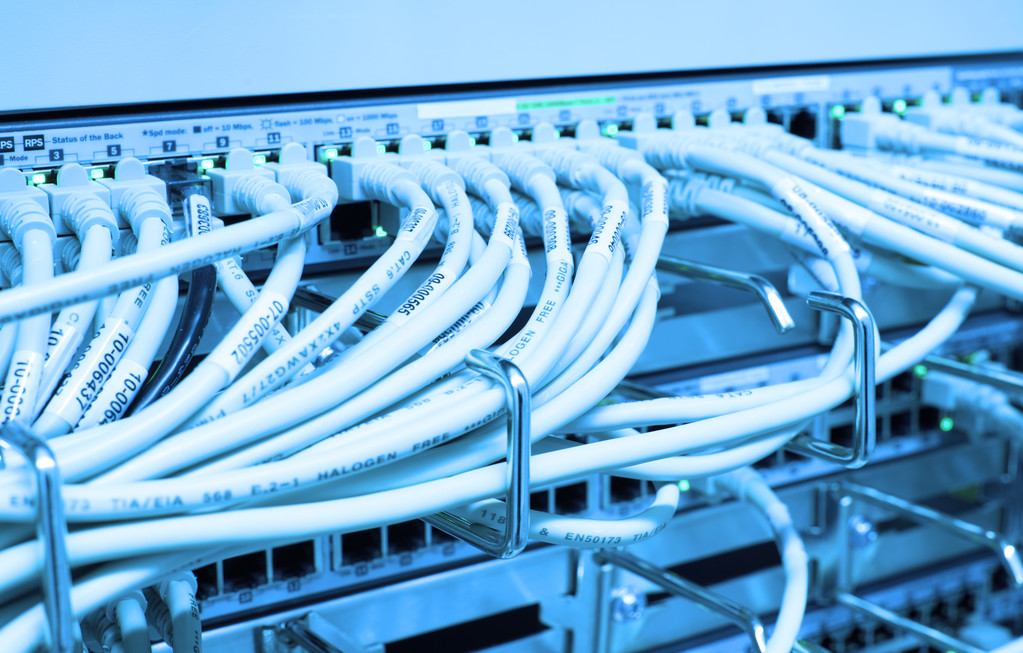Fiber vs Copper: How Do They Compare?

Fiber vs Copper: How Do They Compare?
 Fiber vs Copper: How Do They Compare?
Fiber vs Copper: How Do They Compare?
When it comes to network communication cables, fiber optics and copper are almost the only options. Today we focus on how they differ. Let's start with the main features of old, reliable copper phone lines – this is not the same as ours since 20 The basic infrastructure that has been in use since the beginning of the century is the same.
Copper
Copper has high electrical conductivity. That's why it's perfect for bringing power to the home. Copper wires use the movement of electrons to transmit signals by modulating the waveform at one end and then demodulating the waveform at the other. and convert the patterns in the waveform to analog or digital signals.
A device that modulates and demodulates is called a modem. The problem with copper is that even coaxial cables with higher bandwidth can only transmit a small number of waveforms. Therefore, its maximum data capacity is limited. In addition, as the distance between devices increases, these waveforms degrade quickly.
In fact, copper has only two main advantages. First, copper cable per unit distance is much cheaper than optical fiber. Second, copper infrastructure has been widely deployed thanks to the advent of telephones and televisions.
optical fiber
Corning's invention of the fiber-optic cable in the '20s revolutionized the game, allowing pulses of light to be used to transmit signals. Instead of waves traveling through the metal. Today, fiber optic cables are made of highly transparent flexible glass cores wrapped in multiple layers.
These layers protect the integrity of the signal as well as the structure of the glass. Because this is light passing through an almost transparent medium, it moves at a speed of about 200,000 km/s. It is practically no different from an electrical signal transmitted through copper.
Advantages of optical fiber
Easy to interpret the "light on and light off" signal at either end to maintain signal integrity; Despite the higher switching speed and longer distance. We are talking about thousands of kilometers, like across the ocean. This gives fiber optic cables a huge advantage in speed and distance.
The optical signal is immune to electromagnetic interference. As a result, individual fibers can be bundled together during installation.
Depending on the requirements, the fiber can be used with LEDs or lasers.
A single fiber can transmit multiple wavelengths or colors of light at the same time. They are then separated at the other end to further increase capacity.
Are fiber optic cables without disadvantages?
Everything sounds perfect, right? Why not use fiber optic cables for everything? Well, life is rarely so simple. We are moving in that direction. But currently, fiber per unit length is much more expensive than copper. The good news is that copper comes with some additional hidden costs, which further increases the attractiveness of fiber.
In addition, the copper cable is thicker and heavier. As a result, they are more difficult to install and may require larger clearances than existing underpasses. In cases where multiple connections can utilize a single backbone, the cost per capacity comes into play.
Even if two fibers cost a thousand times more than copper, but carry more than a thousand times the amount of data that copper, the cost per customer will be lower. Lower costs for Internet Service Providers (ISPs). Distance also comes into play again. ISPs can save on the repeaters needed to maintain signal integrity on copper wires.
Hybrid deployments using fiber and copper are common. This works with fiber optic backbones that serve many customers and copper cables that run the last mile to individuals. They provide consistent speed and reliability while saving significant money for ISPs managing infrastructure. No matter how long it takes, it seems inevitable that fiber optic cables will replace copper, don't you think?